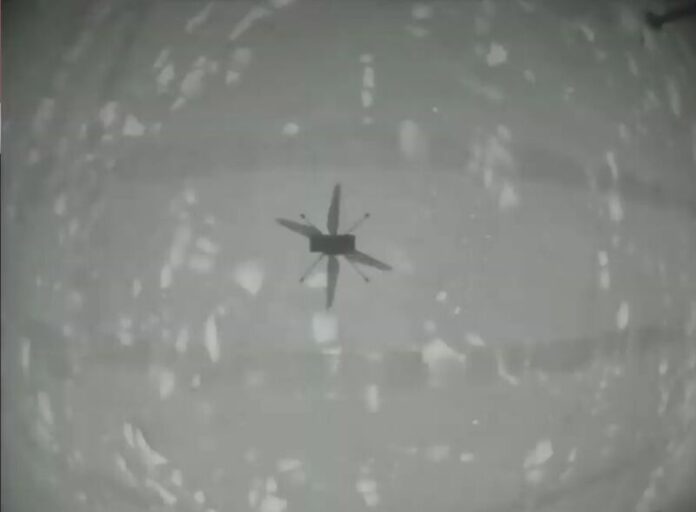
Enlarge / An image from Ingenuity, looking down at the surface of Mars. That's its shadow. (credit: NASA/JPL)
Much has been written about the plucky exploits of NASA's small Ingenuity helicopter on Mars. And all of the accolades are deserved. "The little mission that could" did, flying 72 sorties across the red planet and pushing out the frontier of exploration into the unknown.
Yet as impressive as Ingenuity's exploits were over the last three years, and though its carbon fiber blades will spin no more, its work has only just begun.
Ingenuity was groundbreaking in two significant ways that will ripple through the culture of NASA and its exploration efforts for decades to come. Although it is impossible to know the future, both of these impacts seem overwhelmingly positive for our efforts to divine the secrets of our Solar System.
Read 40 remaining paragraphs | Comments
Ars Technica - All contentContinue reading/original-link]




